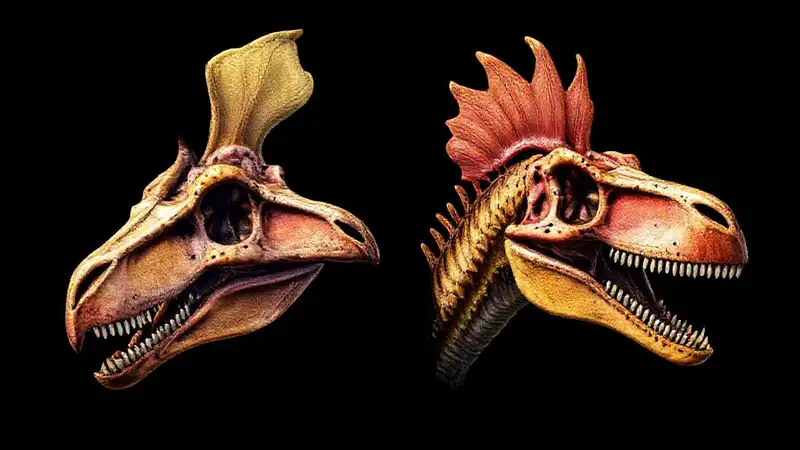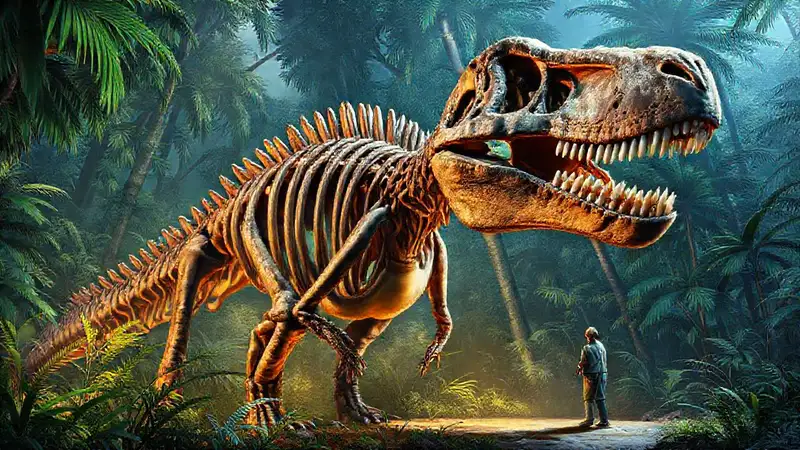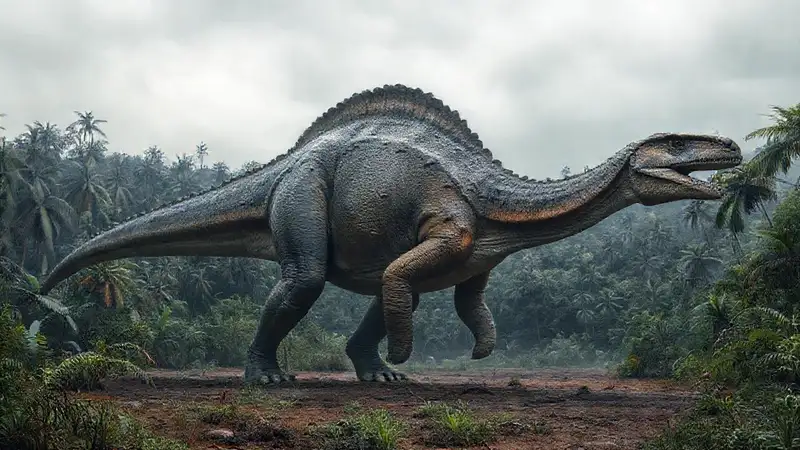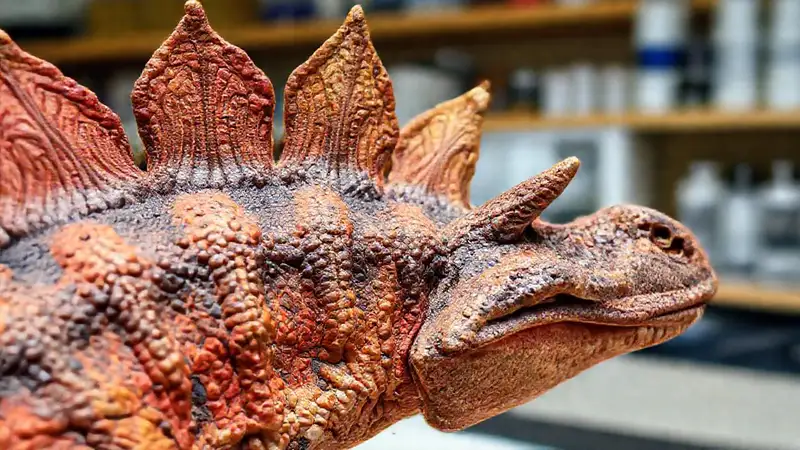Paleontology continues to reveal fascinating details about the lives of dinosaurs, and the hadrosaur Lambeosaurus is proving particularly rewarding to study. These ornithopod dinosaurs, prevalent in Late Cretaceous North America, are renowned for their elaborate crests, but the precise function and variation of these structures remain a subject of ongoing research. Understanding these features is key to reconstructing their behavior, including social dynamics and perhaps even reproductive strategies. Recent fossil discoveries are providing increasingly detailed insights into Lambeosaurus morphology and distribution, challenging previous assumptions.
The complexity of Lambeosaurus crests – featuring intricate patterns of ridges, horns, and projections – has sparked considerable debate regarding their role. Initially, it was assumed that they were solely for display, possibly for attracting mates or establishing dominance within a group. However, emerging evidence suggests a more nuanced story, potentially involving a combination of communication, species recognition, and even sensory perception. The quest to understand how these crests functioned requires careful examination of the fossil record, combined with sophisticated modeling and comparative analysis.
Crest Morphology and Variation
Form is central to understanding crest variations in Lambeosaurus. There's significant diversity in crest shape, size, and ornamentation across different fossils, suggesting that these weren’t simply uniform features. While the basic morphology remains similar across most specimens, subtle differences exist, particularly in the detailing of the crest’s ridges and the relative prominence of the horns. For example, some individuals have a more robust, elongated crest, while others exhibit a more compact, rounded structure.
Statistical analysis of existing data reveals a range of variations in crest dimensions, including overall length, width, and height. These differences aren't random; they correlate with geographical location, indicating potential regional differentiation within the Lambeosaurus population. Furthermore, studies utilizing micro-CT scanning of fossil crests have uncovered intricate patterns of internal bone structure that contribute to the crest’s overall shape and rigidity, implying a complex biomechanical design.
The discovery of juvenile Lambeosaurus individuals with less developed crests underscores the fact that crest growth likely continued throughout their lives. This suggests a potential for plasticity in crest morphology, possibly influenced by factors like age, social status, or even environmental conditions. Therefore, the fossil record provides a dynamic picture of crest development, rather than a static representation of adult morphology.
Geographic Variation and Distribution
Location plays a crucial role in understanding Lambeosaurus diversity. Fossil remains of Lambeosaurus have been found in Montana, Wyoming, and South Dakota, representing a continuous distribution across western North America. However, there are clear differences in crest morphology between these regions, further supporting the hypothesis of regional variation.
Montana specimens tend to exhibit longer, more dramatically arched crests compared to those found in Wyoming and South Dakota. The precise reasons for this disparity remain uncertain but could relate to local environmental conditions, such as differences in vegetation or climate. It is plausible that the crest morphology adapted to specific communication needs within each localized population.
The overlapping distributions of Lambeosaurus with other hadrosaur genera, like Edmontosaurus, also provide valuable context. Examining the distribution patterns of these closely related dinosaurs reveals a broader biogeographic context, potentially influencing the evolution and diversification of Lambeosaurus crests.
Evidence for Sexual Dimorphism – A Complex Picture

Evidence regarding sexual dimorphism in Lambeosaurus crests is surprisingly ambiguous and complex. Initial observations suggested that males might possess larger or more elaborate crests, but this interpretation is not consistently supported by the fossil record. While some specimens exhibit conspicuously larger crests, others display features that could be interpreted as either male or female.
Several factors contribute to this uncertainty, including incomplete fossil preservation and the challenges of accurately determining sex based solely on skeletal morphology. However, recent analyses focusing on micro-paleohistology – examining fossil bone tissue – have revealed subtle differences in bone growth patterns between potentially male and female individuals. These differences are subtle but offer compelling support for the possibility of sexual dimorphism.
Furthermore, genetic studies using ancient DNA (although extremely challenging for hadrosaurs) could potentially provide definitive proof of sex differences in Lambeosaurus. Despite the ongoing debate, the possibility of sexual dimorphism, at least in the crest morphology, cannot be entirely dismissed, and further research is certainly warranted.
Social behavior in Lambeosaurus remains largely speculative, but the crests likely played a significant role in establishing and maintaining social bonds. The complex ornamentation may have served as a visual signal, facilitating individual recognition within a group and strengthening social cohesion. Individuals with distinct crests could have been more easily identified and less likely to be attacked by rivals.
The elaborate crests could have also functioned during communication, perhaps during courtship rituals or territorial defense. The ridges and horns may have been used to project amplified vocalizations, further enhancing their communicative effectiveness. Models simulating sound propagation through crest structures support this hypothesis, suggesting that crests could have acted as resonators, amplifying vocal cues.
Ultimately, the crests likely served multiple functions—individual recognition, signaling dominance, and facilitating communication—creating a sophisticated system of social interaction within Lambeosaurus groups. Future research focusing on the biomechanics and acoustics of the crests will undoubtedly yield more detailed insights into the complexities of Lambeosaurus social life.
Conclusion
The study of Lambeosaurus crests has revealed a fascinating complexity, demonstrating that these structures were far more than simple ornaments. The observed variations in crest morphology, combined with geographic distribution patterns, strongly suggests a role in regional differentiation and perhaps even sexual dimorphism.
Ongoing research promises to refine our understanding of Lambeosaurus behavior and evolution. As we continue to uncover new fossil specimens and employ advanced analytical techniques, we are likely to uncover further secrets about these remarkable dinosaurs and their social lives, solidifying their place as one of the most intriguing and complex members of the hadrosaur family.





Deja una respuesta